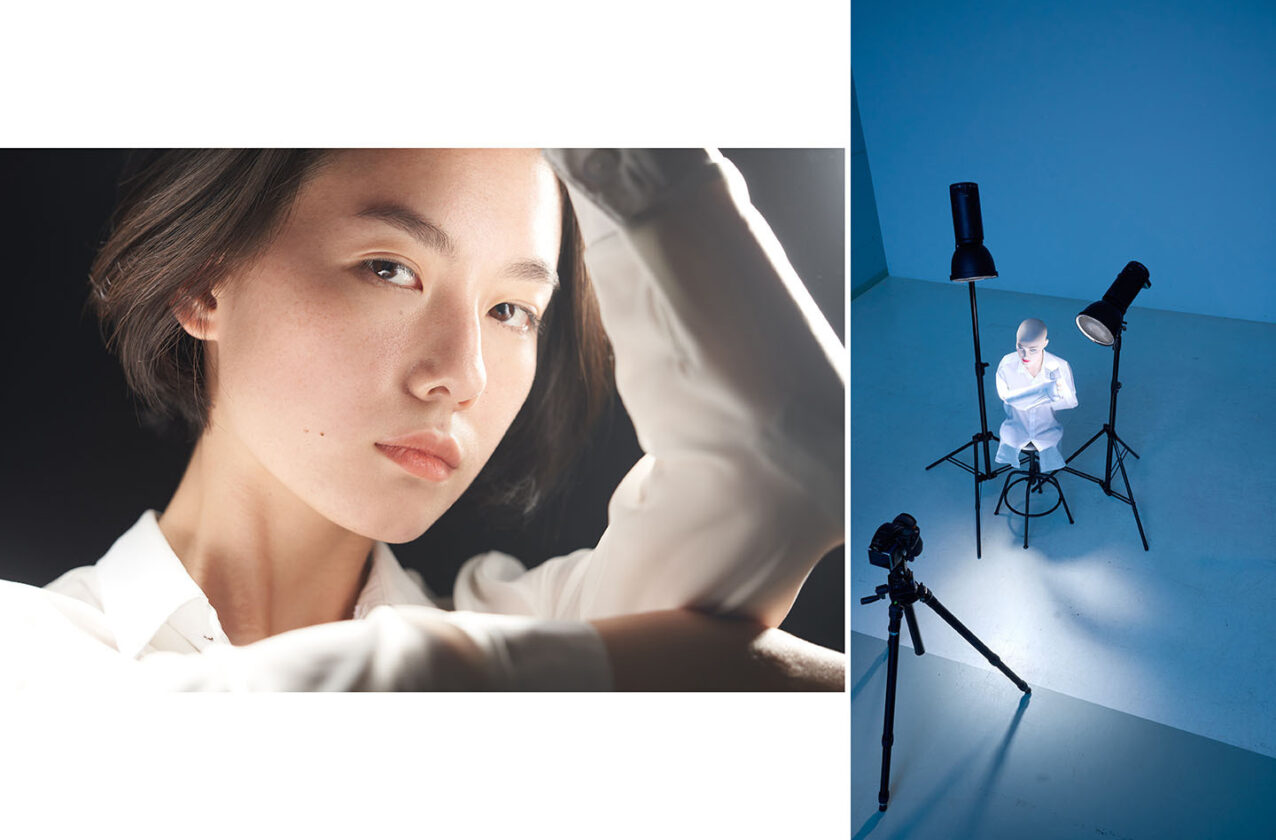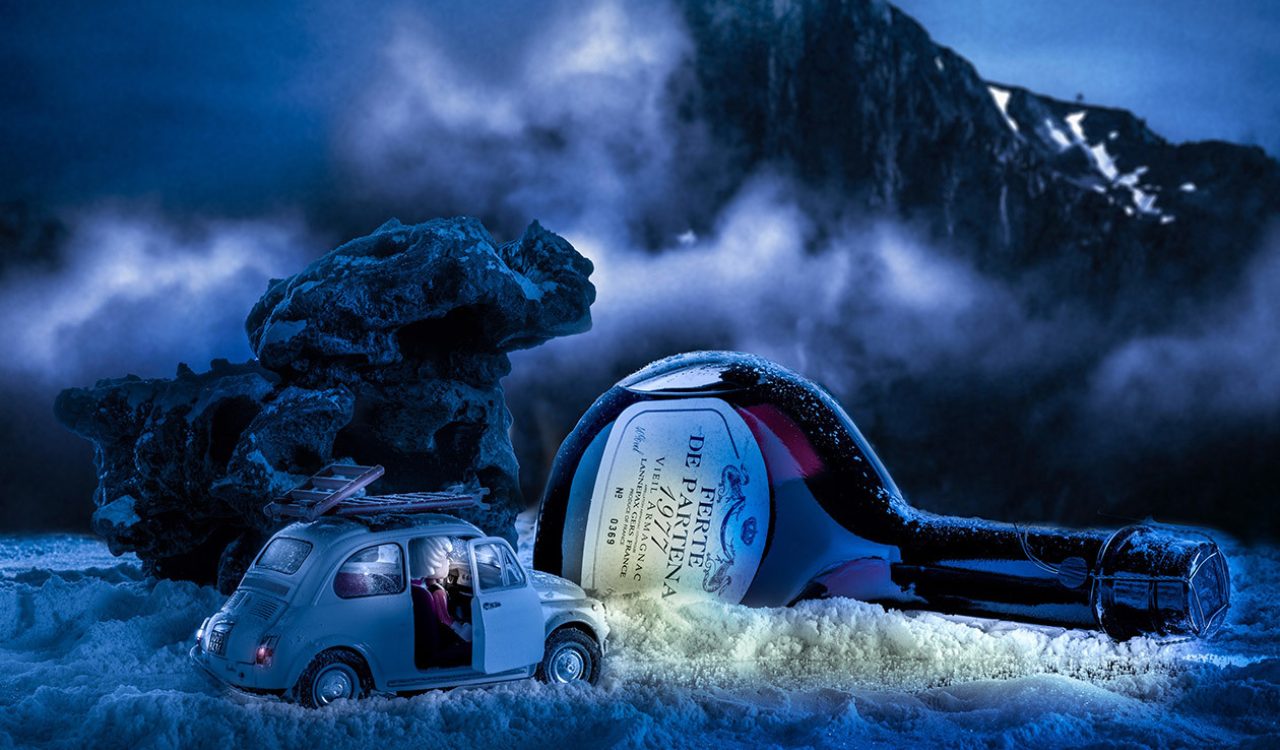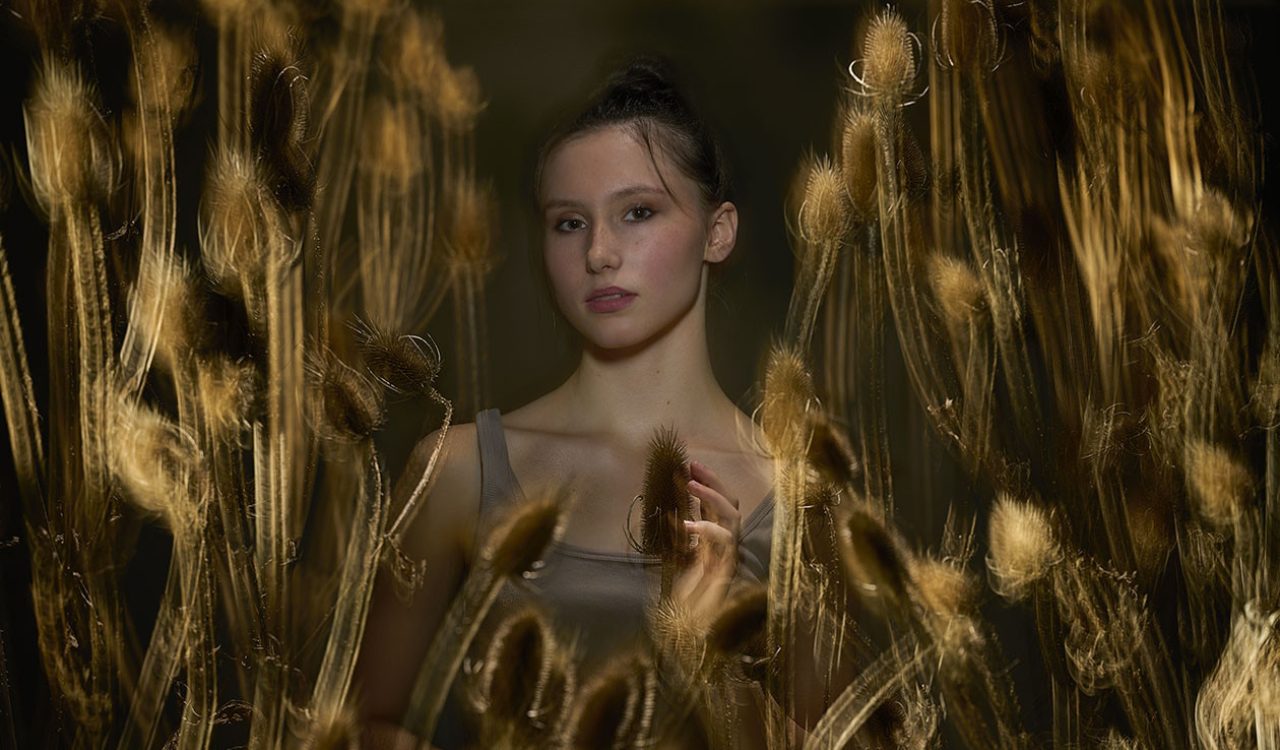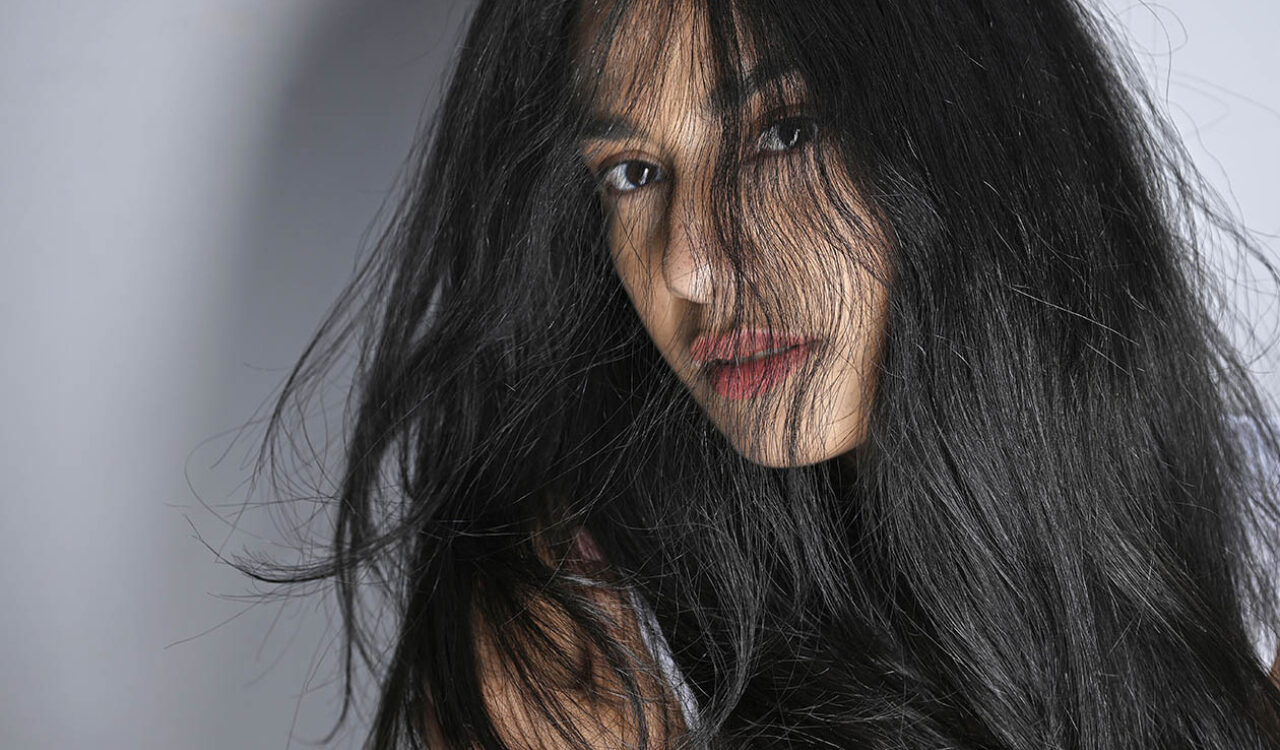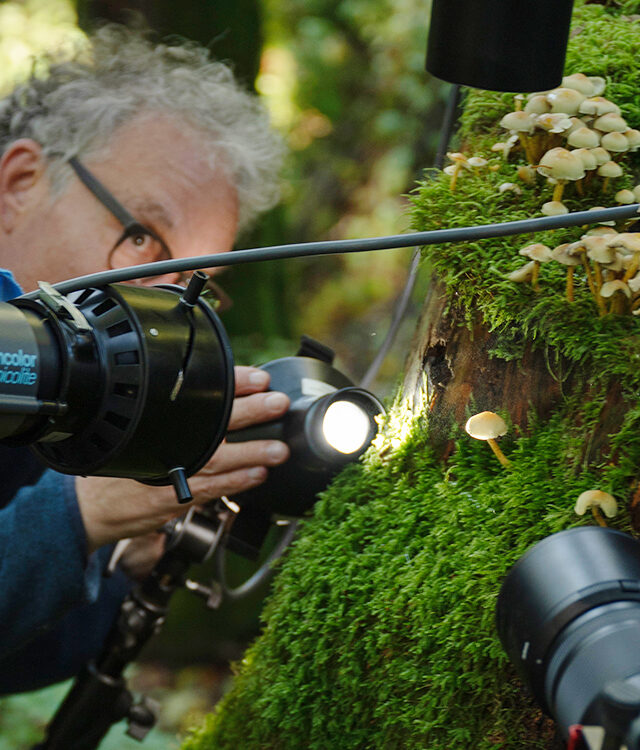The chemistry between photographer and model is, alongside outfit, styling, and makeup, certainly one of the crucial factors in a (beauty) portrait. But even—or perhaps especially—with lighting, a face can be interpreted in many different ways. This is demonstrated here through six different portraits, all taken within just a few hours during a lighting seminar in Almaty, Kazakhstan. Makeup and hair remained unchanged; only the model’s top was changed. And the lighting!
The first image shows Ulyana (@fhoplu) in very soft yet relatively high-contrast light. For a softbox to deliver soft light, it should be both large (here 120x180 cm) and placed as close as possible to the model. This minimizes the influence of reflections from surrounding studio walls, which in turn increases contrast. This combination of very soft light with relatively deep shadows is one of the simplest yet most beautiful techniques to shape a face or body.
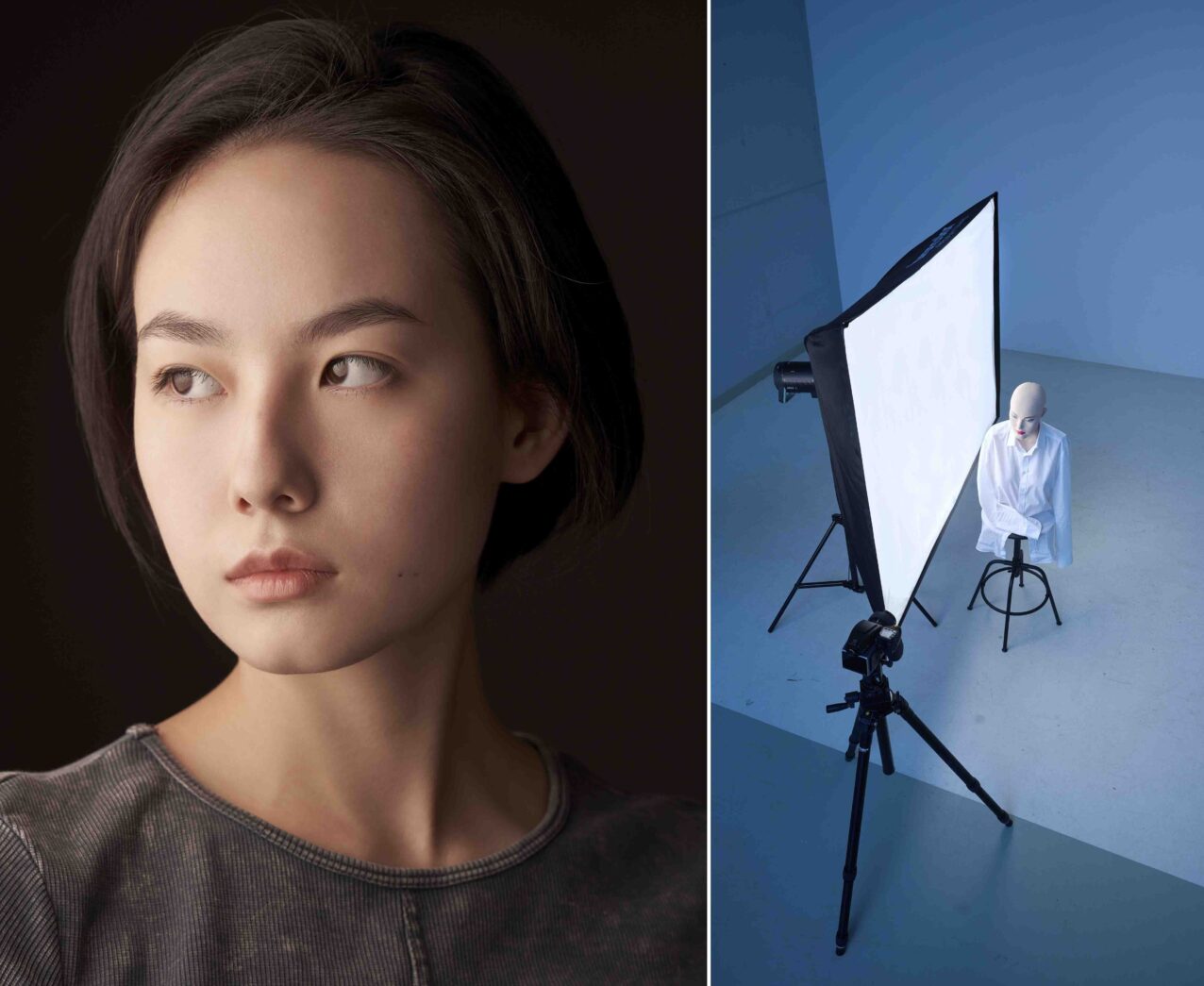
The same large softbox was used to light the second portrait. A relatively small black cardboard, compared to the light source, was used as a background. Since the softbox illuminated around the background on all sides, it created a perfect rim light (hair light) without any interruption. A white reflector was also positioned to direct some of the backlight into Ulyana’s beautiful face.

Even softer than large light sources at short distances are indirect light setups; in this approach, the entire studio effectively becomes a reflector. The light comes from everywhere—resulting in a completely shadowless illumination. To give this lighting style more character, it's possible to place a black surface in a way that it absorbs light from one direction, making the face appear more three-dimensional—without sacrificing the benefits of indirect lighting.


The next setup is somewhat more complex: A smaller softbox (60 x 100 cm) is turned away from the model. This results in a shadow gradient not only on the side facing away from the light but on both sides. The background is illuminated with continuous light (in this case, an LED F160 with a standard reflector), and the camera is moved steadily during the ~¼ second exposure. This produces the blurry contours on both sides while the brief flash duration still ensures a perfectly sharp image.

Finally, two standard reflectors equipped with tight honeycomb grids are used to create a highly unconventional lighting setup. Both lights are positioned behind Ulyana and illuminate mostly past her; only a little light directly hits her hair and face. It is only when she raises her arms that the reflected light reaches her face. The impression of dominant backlighting is enhanced by intentionally allowing some or all of the resulting scattered light to remain.
